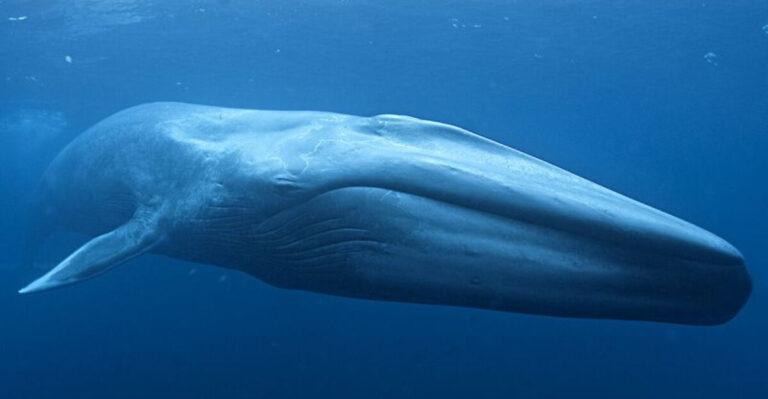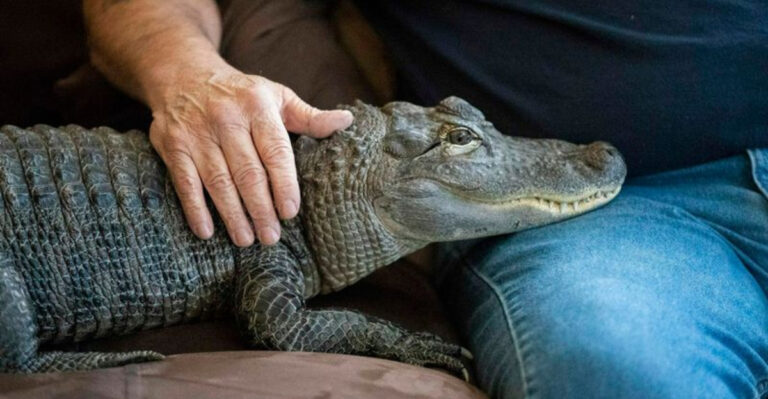These 21 Animals Are The Ultimate Predators
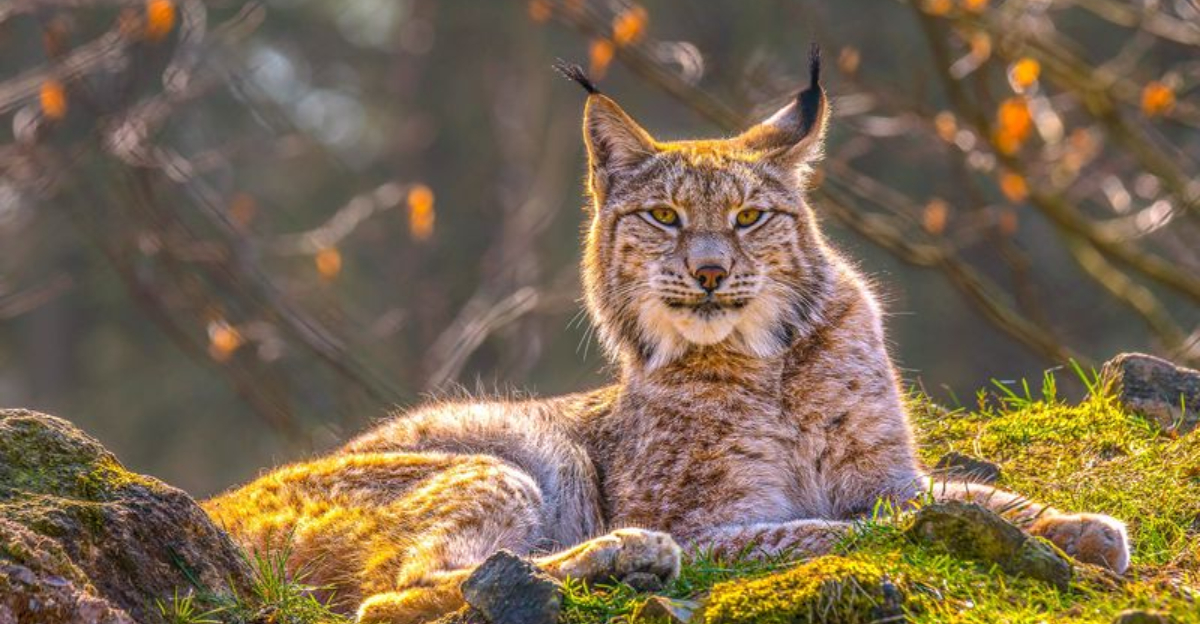
In the wild world of nature, survival is all about the hunt. Predators are the ecosystem’s top enforcers, keeping everything in balance.
This post dives into the most fearsome predators on the planet—creatures that dominate their domains with jaw-dropping skill.
Whether soaring through skies, stalking through grasslands, or lurking in deep seas, these animals are built to rule.
1. Leopard Seal
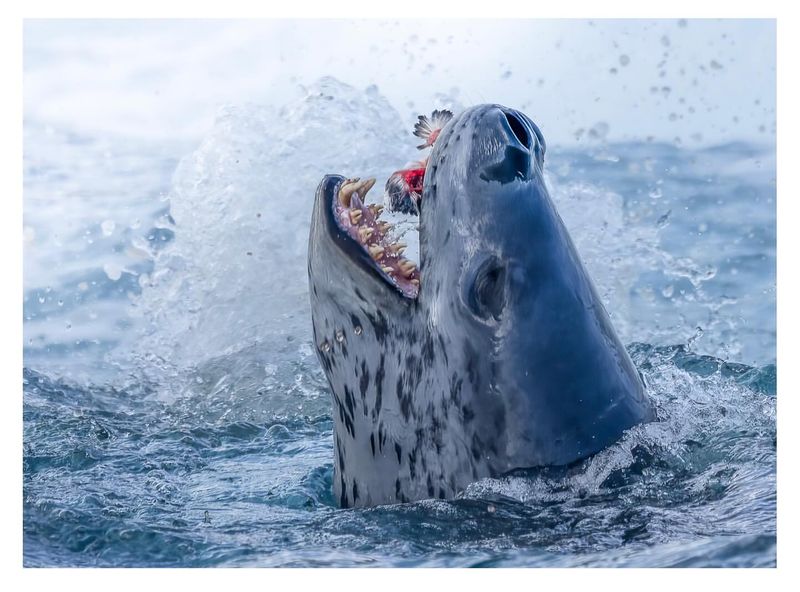
In the icy waters of Antarctica, the leopard seal reigns as a sleek and deadly predator. With powerful jaws and a streamlined body, it’s built for cold-water hunting.
These solitary hunters feast on penguins, other seals, and krill, striking with stealth and speed. Their sharp teeth and strong bite make short work of tough prey.
Despite their fierce rep, leopard seals are vital to the Antarctic food chain. Their presence signals a thriving marine ecosystem.
To keep that balance, conservationists track their numbers and fight climate threats. In the frozen south, the leopard seal is both a hunter and a guardian.
2. Cheetah
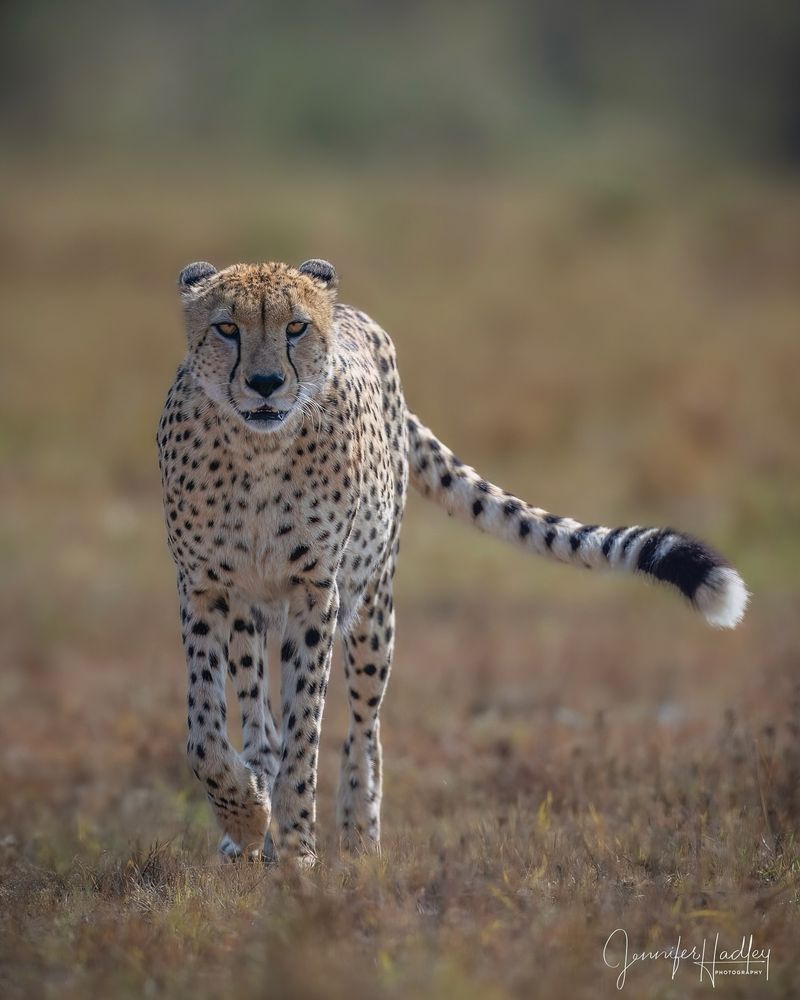
The cheetah is nature’s speedster, famous for being the fastest land animal on Earth. Found mostly in Africa, it chases down prey like gazelles in stunning high-speed bursts.
With eyesight like a hawk’s and acceleration like a sports car, it hits up to 60 mph in seconds. Its long legs, deep chest, and stiff tail are built for balance and control.
Non-retractable claws give it extra grip during the chase. But despite all that speed, cheetahs face big hurdles.
3. Bald Eagle
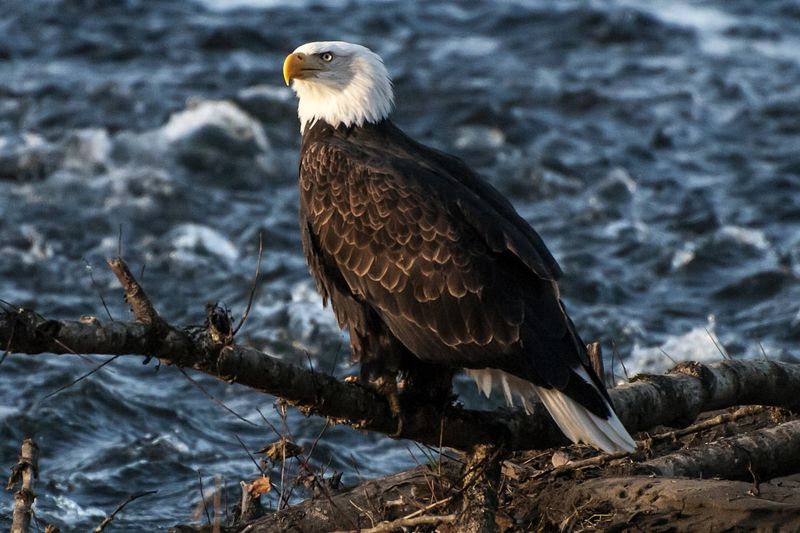
With a bright white head and a fierce stare, the bald eagle is North America’s ultimate symbol of power. Its massive wingspan lets it soar high and proud across the skies.
Sharp eyesight helps it spot fish from far below, and those talons? Built for snatching dinner straight from the water.
Bald eagles build giant nests called aeries, usually way up in trees or on cliffs. Talk about a room with a view!
They’re both hunters and scavengers, adapting to whatever nature throws their way. Once endangered, these birds are now flying high again thanks to conservation wins.
4. Black Mamba
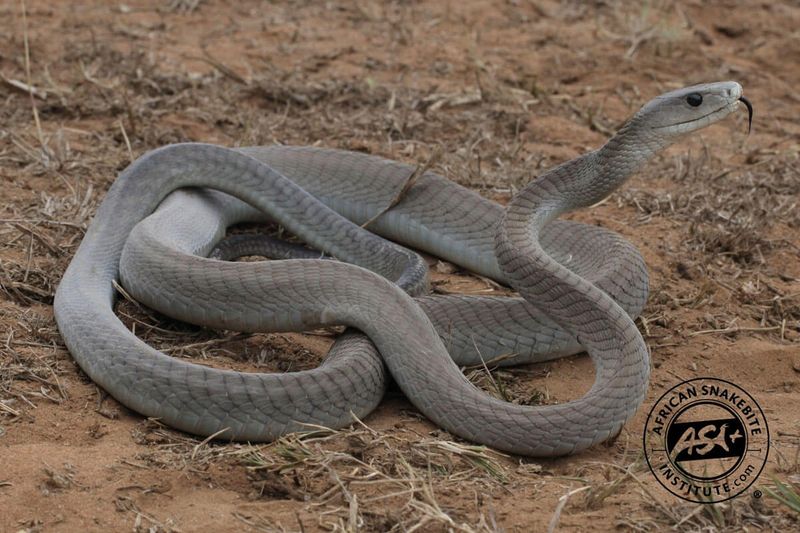
In the African savannas, the black mamba slithers in as a legend of speed and danger. It can zip along at 12 mph—making it the fastest land snake on Earth.
Armed with deadly neurotoxic venom, it can deliver multiple bites when threatened. But despite the hype, it would rather flee than fight.
Black mambas help keep rodent numbers in check, playing an important role in the wild. They’re more helpful than people think.
5. Polar Bear
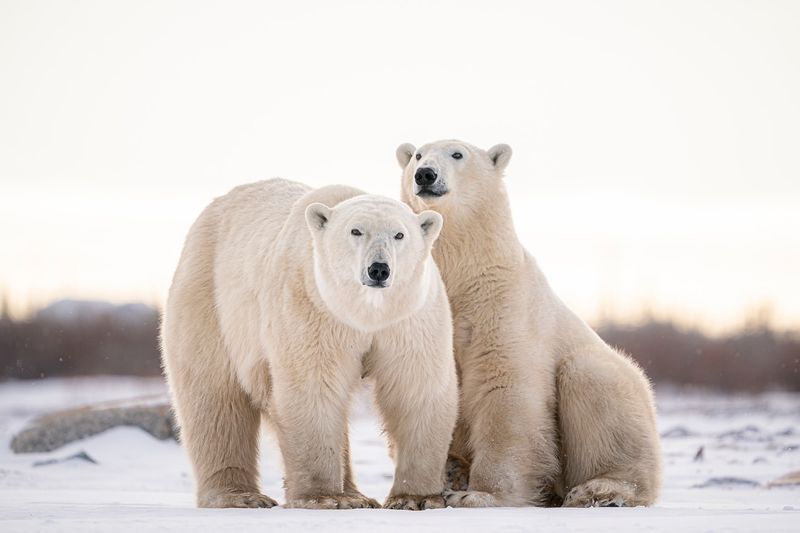
In the frozen Arctic, the polar bear reigns as a fierce and fluffy apex predator. Its thick blubber and dense fur keep it cozy in freezing temps.
These bears sniff out seals through tiny holes in the ice, then wait—sometimes for hours—to strike. Patience is their superpower.
They’re also champion swimmers, gliding across icy waters with giant paws that double as paddles. Long-distance? No problem.
But shrinking sea ice is putting their survival at risk. Polar bears now stand as powerful icons in the fight against climate change.
6. Saltwater Crocodile
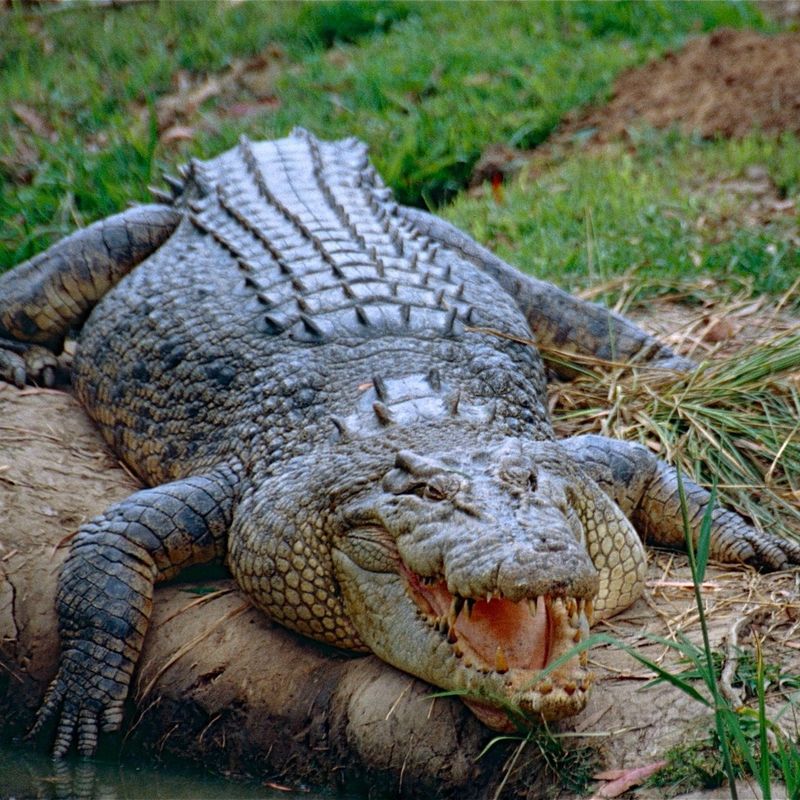
Lurking in rivers and coastal waters, the saltwater crocodile is nature’s ultimate ambush expert. At up to 23 feet long, it’s the heavyweight champ of reptiles.
With a bite strong enough to crush bone, it takes down prey like buffalo and even sharks. One quick lunge, and it’s game over.
These crocs are patient predators, waiting motionless just below the surface. When the time’s right, they strike like lightning.
They’ll eat almost anything, from fresh kills to leftovers. As apex predators, they keep ecosystems balanced and wild.
7. Komodo Dragon
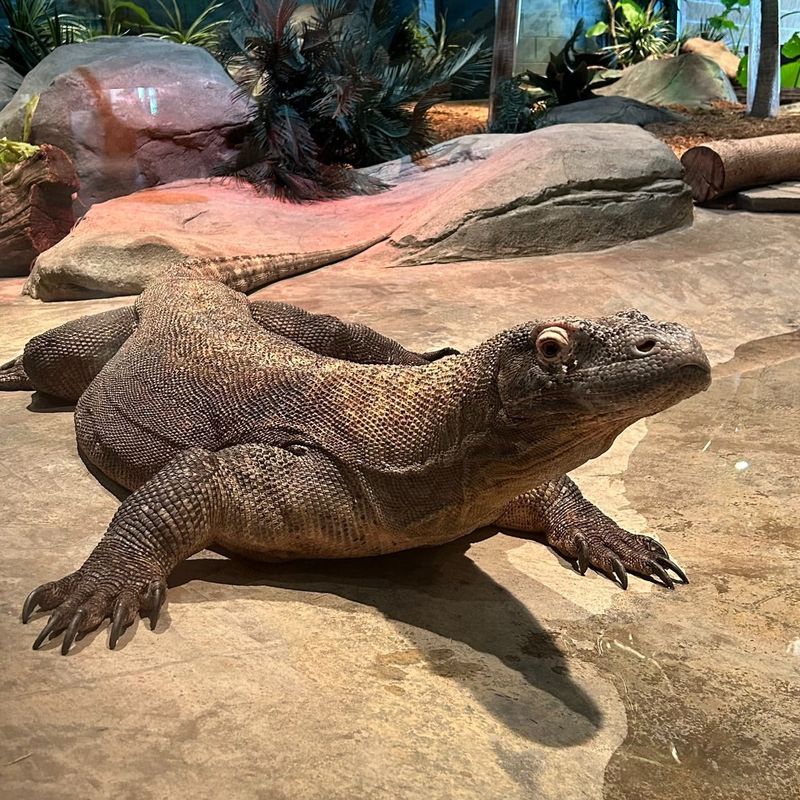
On the Indonesian islands, the Komodo dragon rules as the largest and most fearsome lizard alive. Stretching up to 10 feet long, it’s all muscle and attitude.
With a flick of its forked tongue, it picks up scents from far away. Deer and wild pigs are on the menu, hunted with silent stealth and brute strength.
Its bite packs more than punch—saliva loaded with toxic bacteria does the dirty work. Prey rarely stands a chance.
8. Harpy Eagle
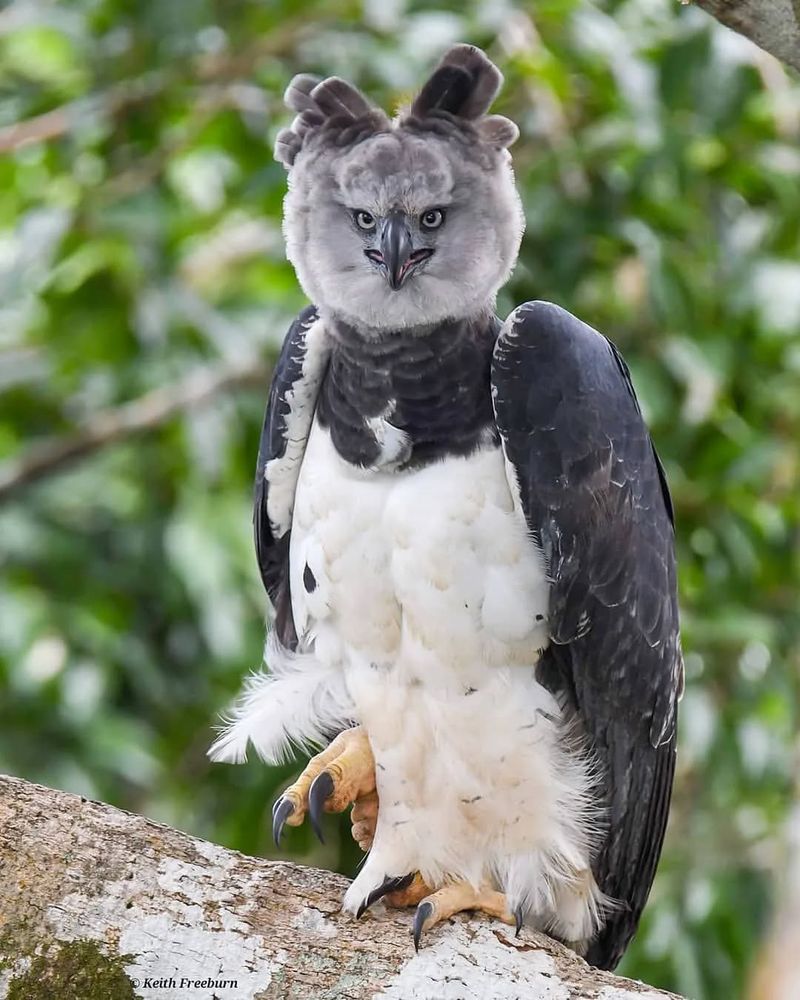
High in the Amazon canopy, the harpy eagle rules the treetops with power and style. Its crown of feathers and 7-foot wingspan make it a rainforest royalty.
These eagles hunt monkeys and sloths, snatching them with talons as big as grizzly claws. Their sharp eyes and strong wings help them weave through trees with ease.
Despite their might, harpy eagles face danger from deforestation and hunting. Saving their rainforest home is key to their survival.
9. Tiger
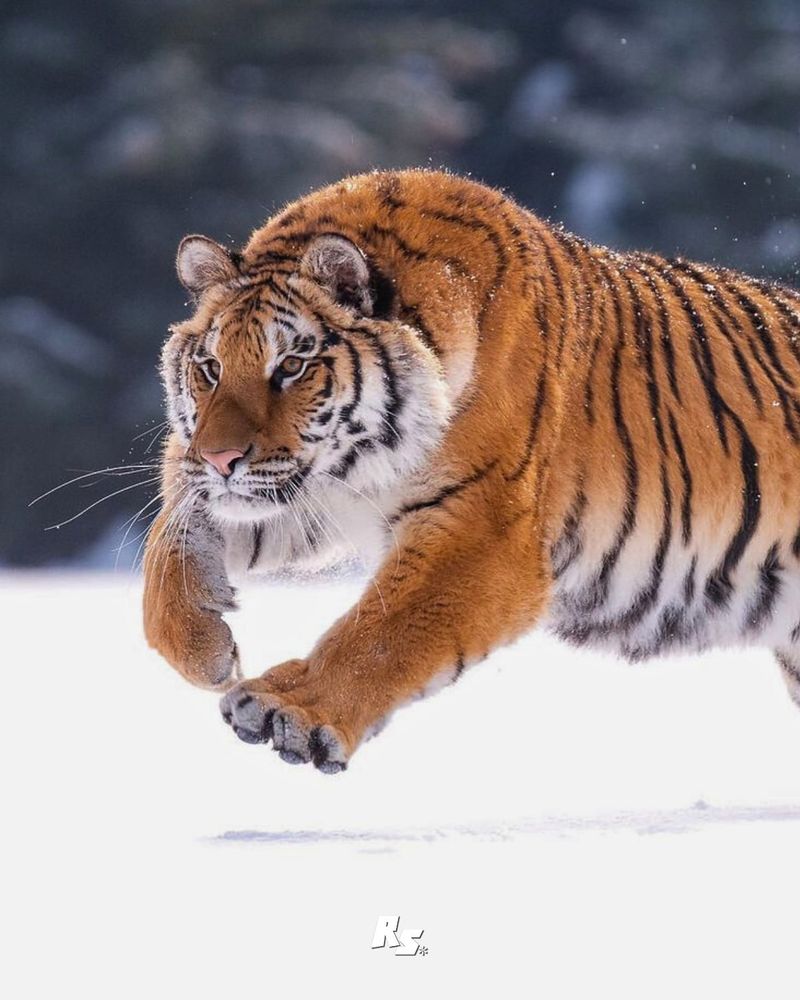
Tigers, with bold stripes and blazing orange coats, are jungle royalty. These stealthy hunters roam solo through the forests of India and Southeast Asia.
They silently stalk deer and wild boar, often striking under the cover of night. One leap, one bite—hunt complete.
Strong jaws and razor-sharp claws make them fierce and efficient killers. But they’re more than muscle—they’re vital to ecosystem balance.
Sadly, poaching and shrinking habitats are putting them at risk. Conservation teams are working hard to keep these big cats wild and thriving.
10. Orca
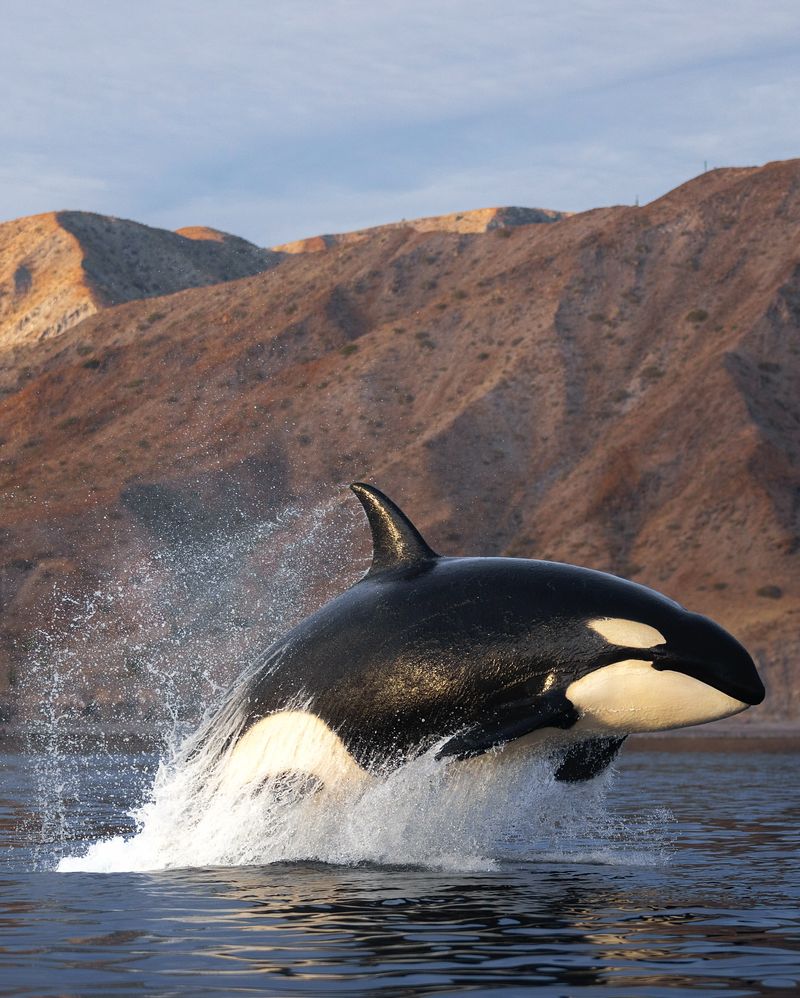
In the ocean, orcas reign as brilliant and powerful apex predators. These black-and-white giants can reach 26 feet long and weigh over 6 tons.
They live in tight-knit pods led by wise matriarchs, working together to hunt everything from fish to whales. Teamwork makes the meal work!
With echolocation and complex calls, they communicate like pros and navigate with precision. Their social smarts are next-level.
11. Jaguar
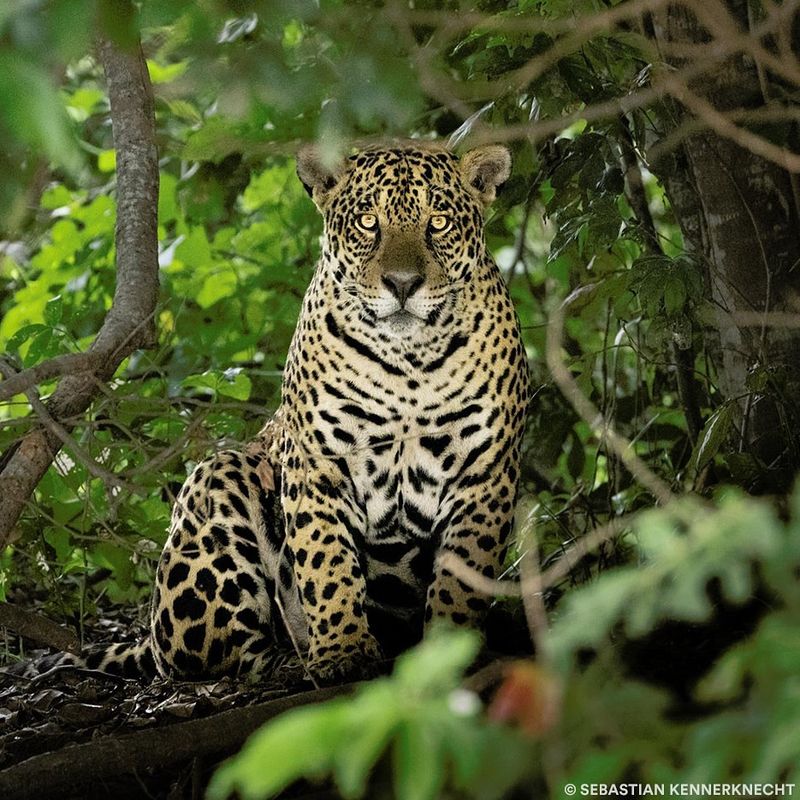
In the rainforests of the Americas, jaguars prowl with power and stealth. Their rosette-spotted coats help them vanish into the jungle like shadows.
With a bite strong enough to crush skulls, they take down everything from deer to turtles. Yep—they’re swimmers, too!
Jaguars are solo hunters, ruling their territory in silence. Their role keeps prey numbers in check, balancing the ecosystem.
But shrinking forests and human conflict put them at risk. Protecting these jungle legends means fighting for the wild itself.
12. Snow Leopard
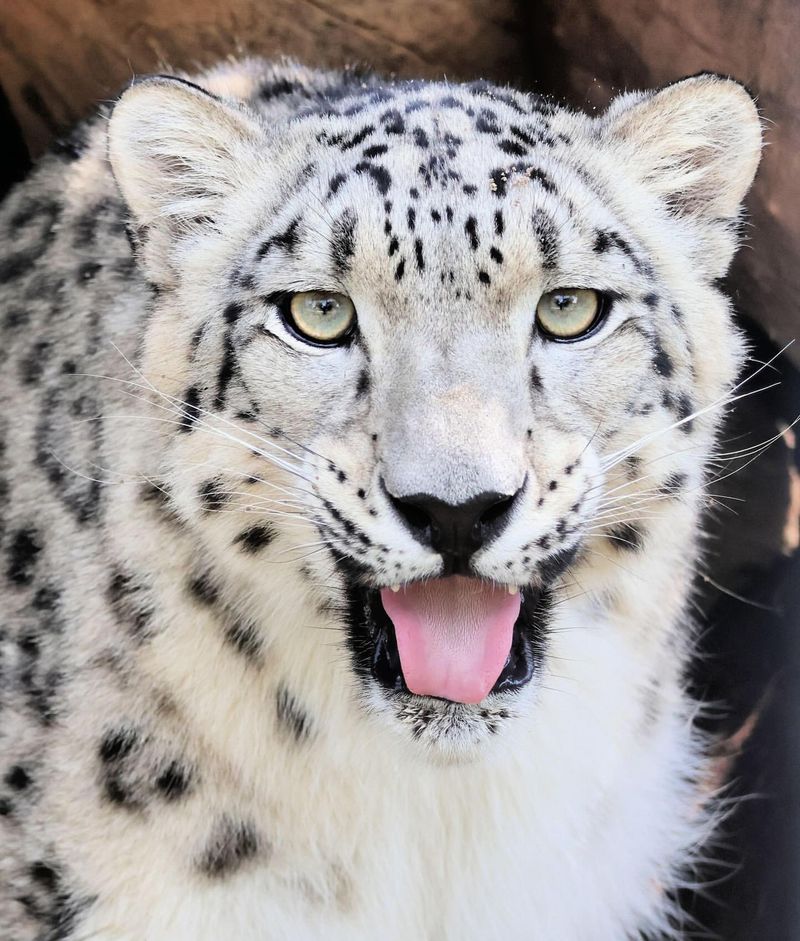
High in Central Asia’s mountains, the snow leopard roams like a ghost of the peaks. Its thick fur and long tail keep it warm and steady in the icy wild.
This cat is a master climber, hunting blue sheep and ibex with stealthy grace. Camouflaged against the rocks, it’s nearly invisible until it strikes.
Living alone, it rules its snowy world in silence. But habitat loss and poaching threaten its secret kingdom.
13. Great White Shark
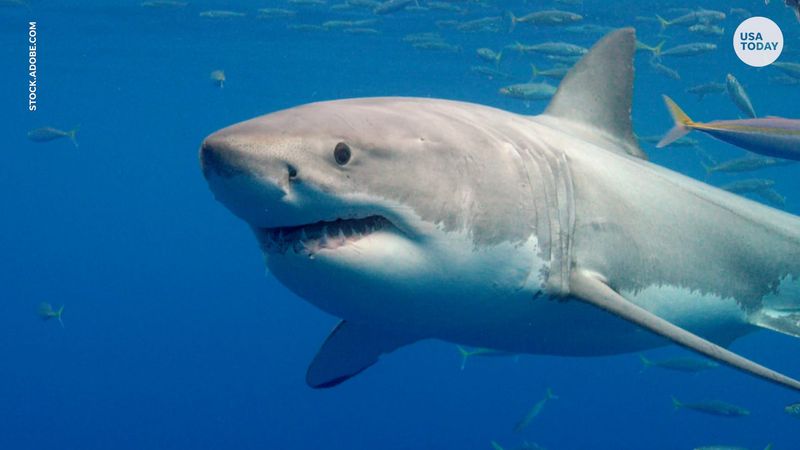
Beneath the waves, the great white shark rules with stealth and strength. Growing up to 20 feet long, it’s the heavyweight champ of ocean predators.
With razor-sharp teeth and a bite built for destruction, it strikes from below in surprise attacks. Seals never see it coming!
Its super senses—like smell and hearing—help it track prey from miles away. These sharks also travel huge distances, showing off serious smarts.
Despite the scary image, great whites aren’t mindless monsters. They play a key role in keeping ocean life balanced and healthy.
14. Wolf
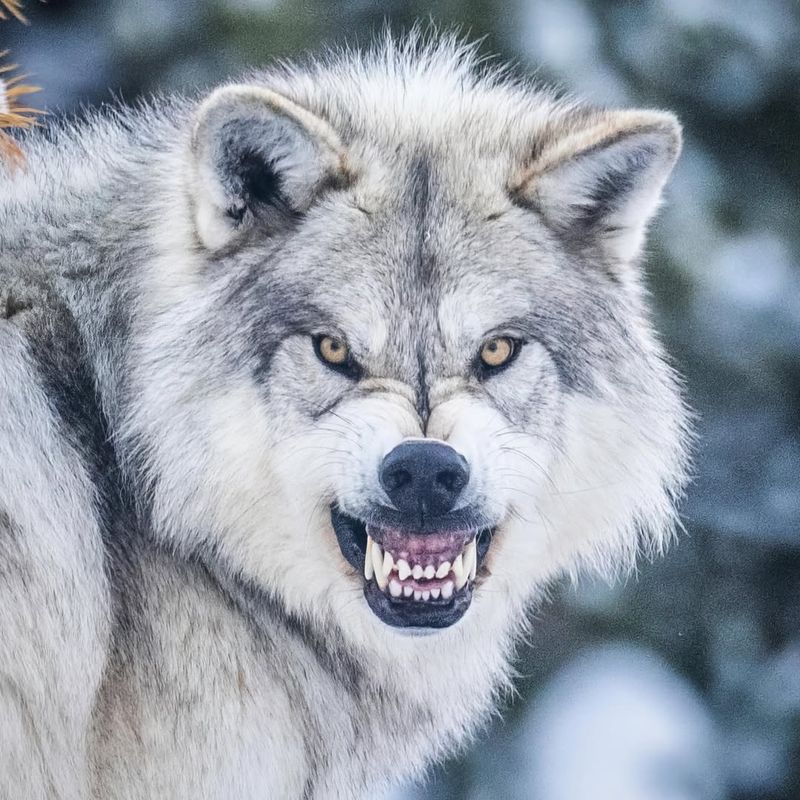
Wolves are the ultimate team players, roaming North America and Eurasia in tight-knit packs. Led by a dominant pair, these family units hunt and live together with purpose.
They target large prey like deer and elk, using stamina and strategy to wear them down. Whether in forests or tundras, wolves adapt and thrive.
Hunting as a group gives them the edge—they’re persistence hunters with serious coordination.
Their presence keeps herbivore numbers in check, helping ecosystems stay balanced
15. African Lion
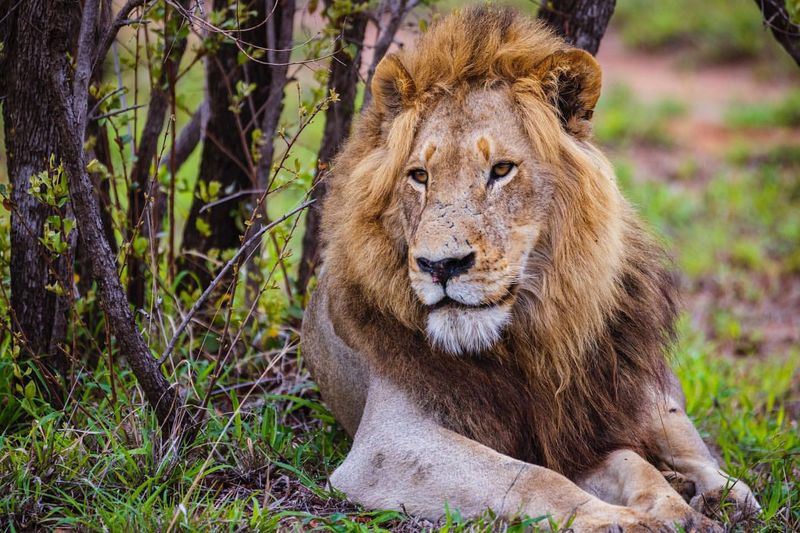
In the African savanna, lions rule the land as fearless apex predators. These “kings of the jungle” live in social groups called prides, full of teamwork and drama.
They hunt in packs, taking down big game like buffalo and zebras with stealth and strength. A surprise attack and a neck bite usually seal the deal.
Lions help keep herbivore numbers balanced, which protects the ecosystem. But shrinking habitats and human conflict put their future at risk.
16. Peregrine Falcon
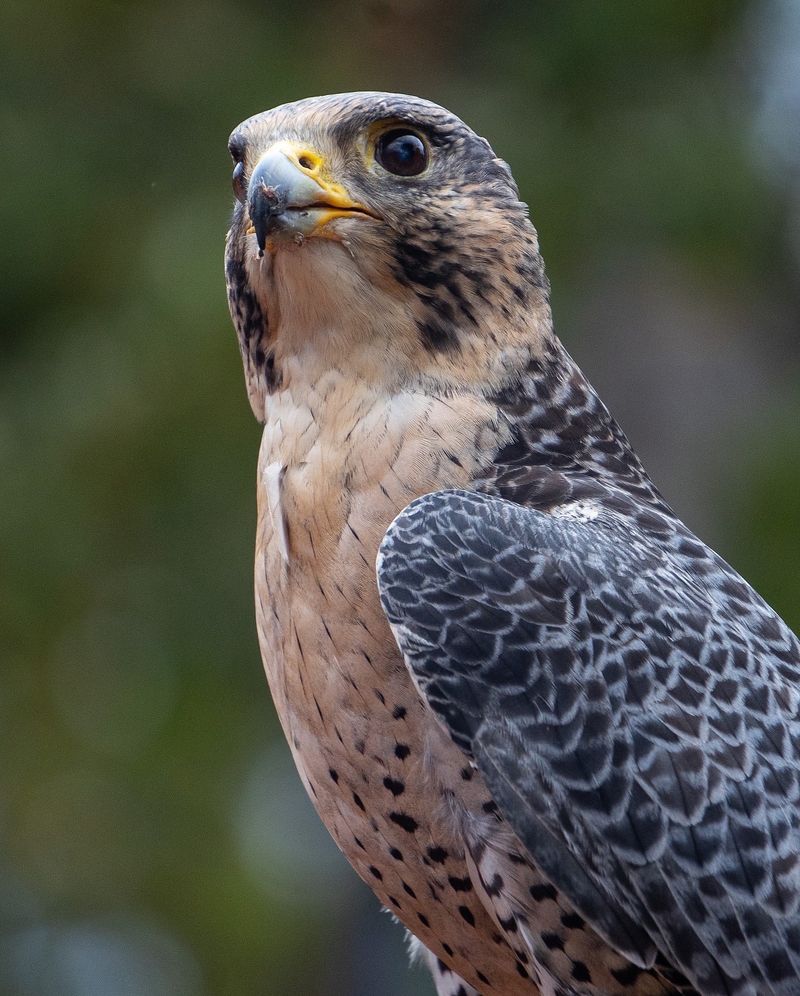
The peregrine falcon is a sky-slicing speedster, diving at over 240 mph to catch its prey mid-flight. That makes it the fastest bird—and one of the coolest hunters—on the planet.
Found almost everywhere except Antarctica, these birds are masters of adaptation. They feast on other birds, locking in with razor-sharp vision and finishing with a talon-powered snatch.
Even from great distances, they spot their target with laser focus. It’s all about speed, precision, and perfect timing.
17. Anaconda
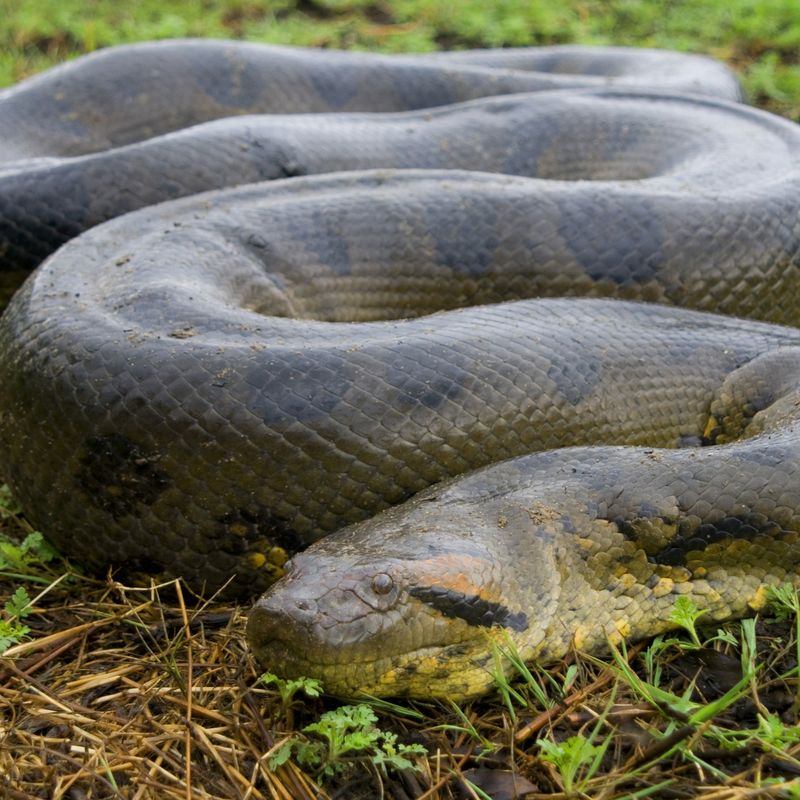
In the depths of the Amazon, the anaconda slithers in as one of the heaviest snakes on Earth. These giants can stretch over 30 feet long and tip the scales at 500 pounds.
They’re ambush artists, hiding in murky water and striking with lightning speed. With crushing coils, they take down prey like caimans and capybaras.
Breath gone, prey down—anacondas mean business when it’s mealtime. But they’re not out to get humans unless seriously messed with.
18. King Cobra
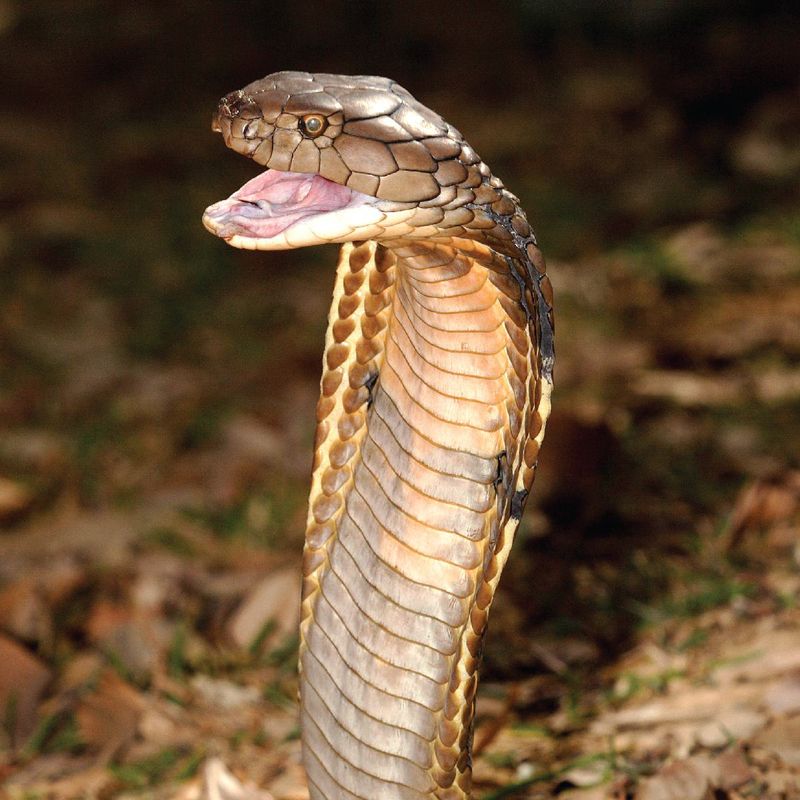
In the forests of Southeast Asia, the king cobra slithers in as the longest venomous snake on Earth. At up to 18 feet long, it’s a true jungle monarch.
With sharp senses and deadly venom, it hunts other snakes—even the venomous ones. This snake’s got brains too, and can rise up tall when it feels threatened.
Despite their size and power, king cobras avoid conflict unless provoked. They’re key players in keeping snake populations in check.
19. The Tasmanian Devil
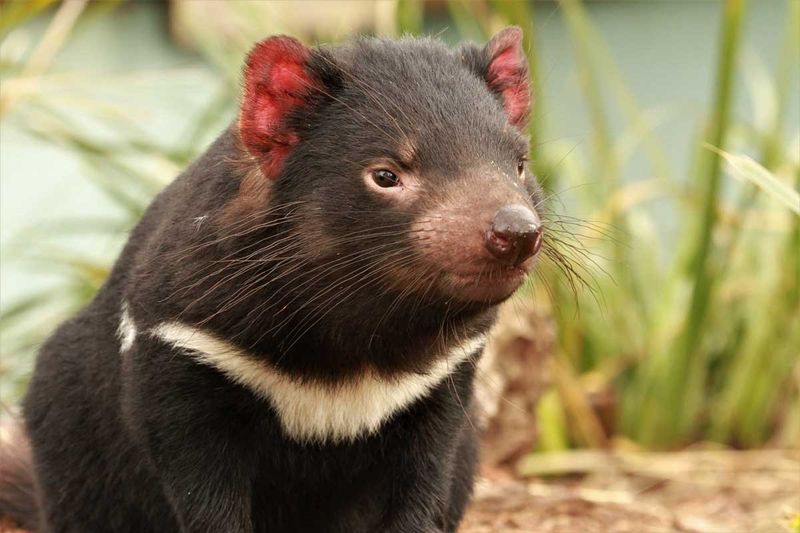
The Tasmanian Devil may be small, but it’s packed with bite and attitude. Native to Tasmania, this marsupial is known for its wild feeding frenzy.
With jaws strong enough to crush bone, it feasts on mammals, birds, and carrion. Its scream? Totally nightmare fuel during midnight meals.
Covered in black fur and armed with sharp teeth, it’s a true loner. But don’t underestimate its role—this scavenger keeps nature tidy.
20. Eurasian Lynx
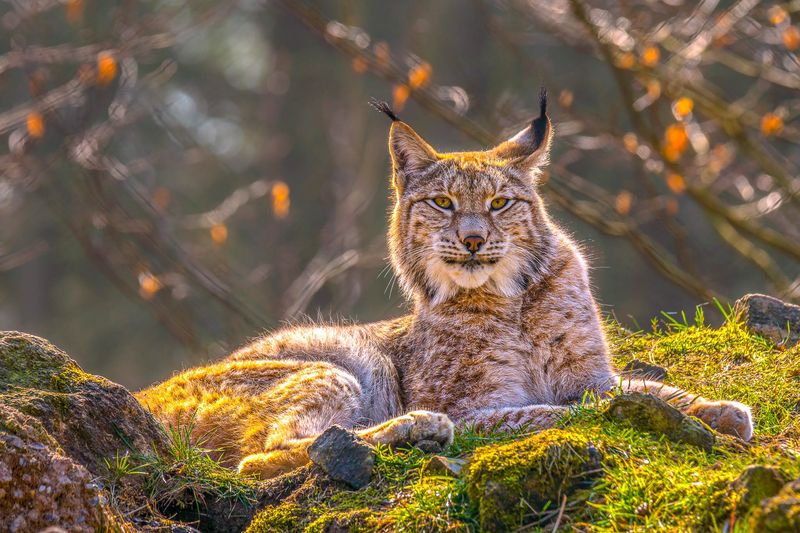
The Eurasian Lynx is a master of stealth, built for life in the forests of Europe and Asia. With tufted ears and a powerful body, it can hear and pounce like a pro.
This wild cat takes down deer and small mammals with speed and precision. Its thick fur keeps it cozy, while big paws help it move quietly through snow.
Think of them as nature’s silent ninjas, keeping prey populations in check. Every step they take helps balance the ecosystem.
21. Hyena
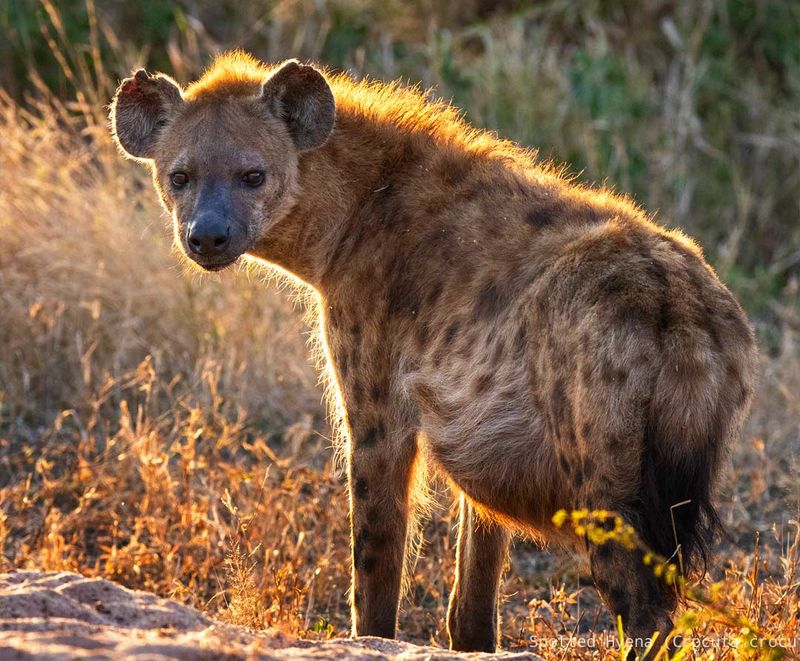
In the African savanna, hyenas are tough, clever, and wildly misunderstood. Their famous “laugh” and matriarch-led clans make them social powerhouses.
Hyenas hunt in packs and can take down big prey like buffalo. With bone-crushing jaws, they waste nothing—true cleanup crew pros.
Yes, they scavenge, but they’re also sharp and skilled hunters. Their role keeps the ecosystem clean and balanced.
Often unfairly judged, hyenas are key players in the wild. Protecting them means protecting the savanna’s natural rhythm.

